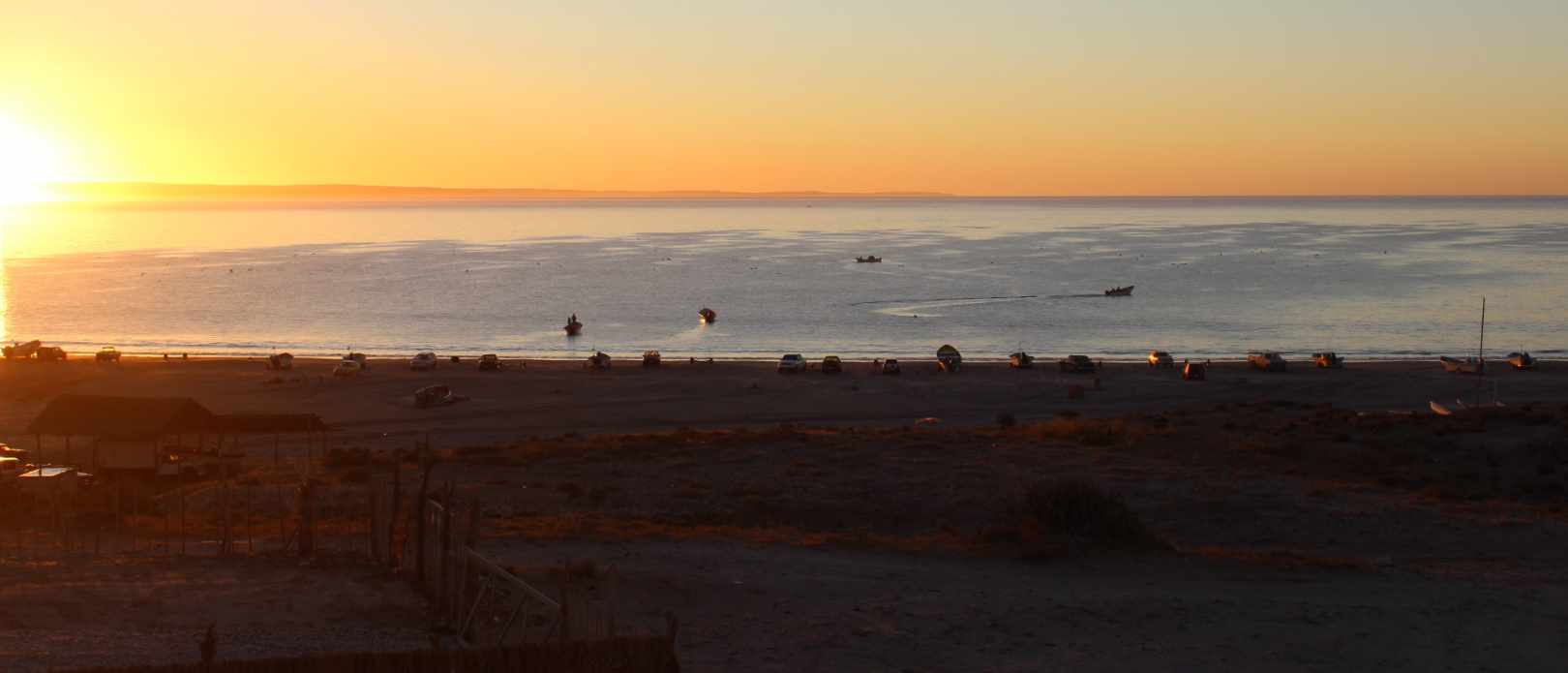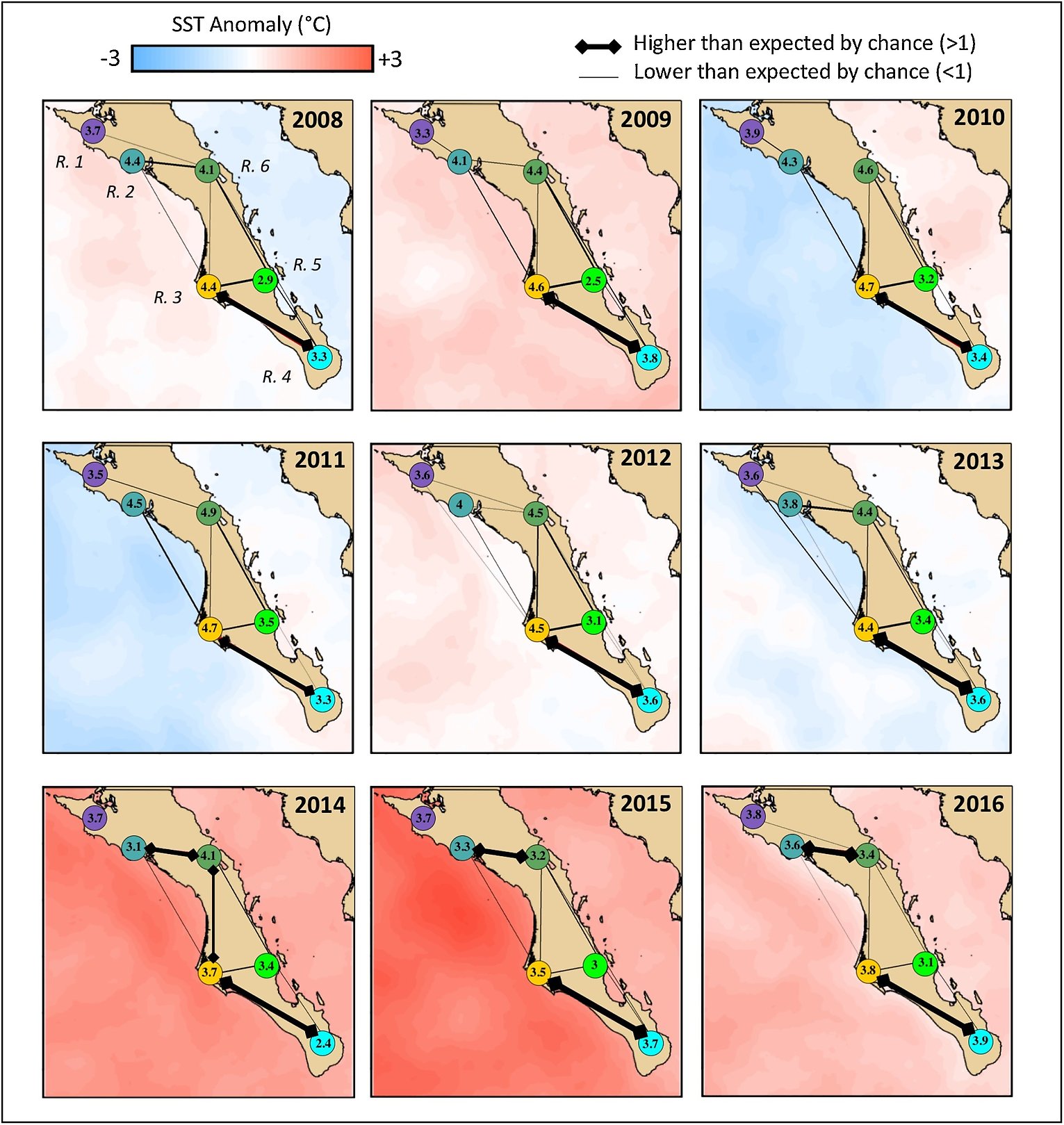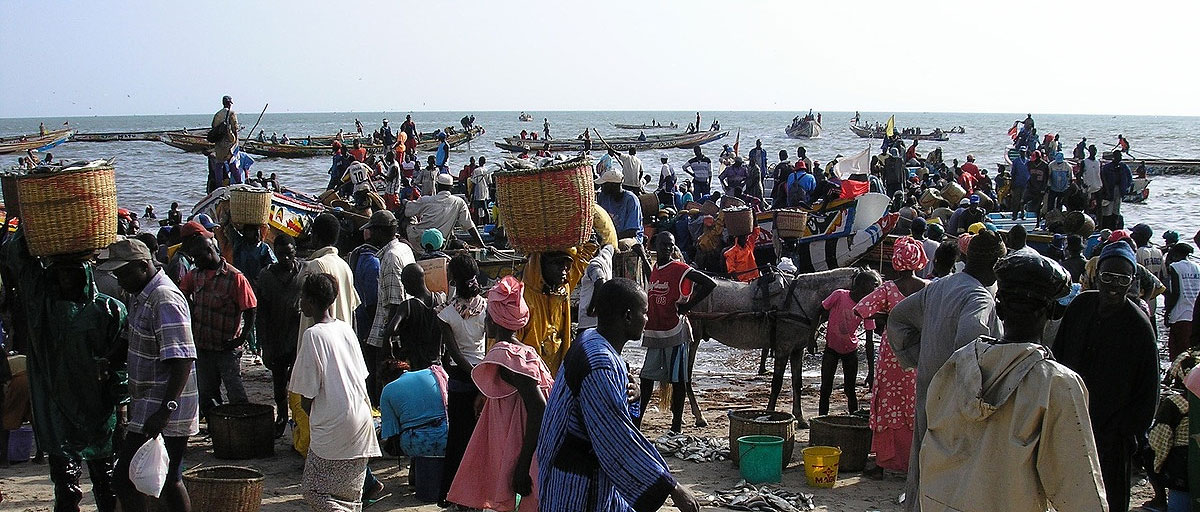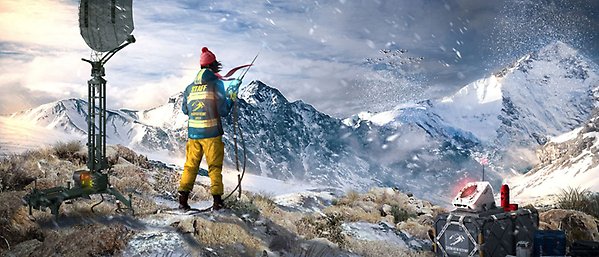small-scale fisheries
Why small-scale fisheries pursue different ways to survive

A study focusing on small-scale fisheries across the state of Baja California Sur in Mexico looks at the diversification strategies applied to adapt to environmental changes and maintain fisheries livelihoods. Photo: B. Gonzalez-Mon
Better understanding of diversification strategies could improve policies for the many millions of people who depend on small-scale fisheries
- New study focuses on diversification strategies of small-scale fisheries across the state of Baja California Sur in Mexico
- A social-ecological network approach was applied to analyse fisheries landings data between 2008–2016
- The results constitute an important step towards understanding and managing the complex environmental changes affecting small-scale fisheries
TO SURVIVE, DIVERSIFY: What do you do when both your catch and livelihood are in peril? This is something that many people depending on fishing around the world are struggling with as they try to adapt to changes imposed by global warming, degrading ecosystems and increasingly globalized markets.
Not surprisingly, some of the most common strategies include targeting diverse species, moving to fish elsewhere (temporarily or permanently) or pursuing alternative livelihoods.
But we still have too little detailed information about small-scale fisheries diversification strategies, especially in low- and middle-income countries, according to a new study published in the journal Environmental Science and Policy.
There is a growing need to better understand how such diversification strategies are influenced by institutional, economic and environmental factors for the many millions of people who depend on these fisheries.
Blanca Gonzalez-Mon, lead author
The study also includes centre colleagues Örjan Bodin, Emilie Lindkvist and Maja Schlüter, as well as researchers from Stanford University, University of California Santa Cruz and Duke University, members of the MAREA research group.
Two main questions
The new study focuses on the small-scale fisheries across the state of Baja California Sur in Mexico, addressing two specific questions:
- How do patterns of species and spatial diversification change over time?
- What environmental and institutional factors influence the observed diversification patterns?
To find the answers the researchers adopted a so called social-ecological network approach to analyse a fisheries landings data with a high level of resolution from 2008–2016. For example, whereas some patterns of diversification between different landing regions can occur annually, others can change dramatically across years. This means that the same actor can be fishing in two distant regions during the same year.
But, why?
In combination with a qualitative analysis of existing literature this enabled the authors to illuminate potential underlying environmental and other factors that could be influencing the observed diversification strategies.

Diversification in Baja California Sur, Mexico, across years. Coloured circles indicate different landing regions and the value inside them the tendency for species diversification within each region (the higher the more connectivity between different species within that region). Thickness of links between regions represents how common diversification of across regions were (named spatial diversification). No link means absence of diversification between those regions within that year.
More than just El Niño
The results indicate that changes in the diversification between regions are correlated with regional oceanographic changes, like the weather phenomenon El Niño which brings unusually warm sea surface temperatures and lower primary productivity every two to seven years.
Events like these are known to trigger significant changes in the distribution and abundance of fish and other marine resources.
Rather than acting in isolation, the authors hypothesize that environmental drivers like El Niño operate in combination with the local social, economic and institutional context to mediate diversification of fisheries strategies.
Overall, the results highlight that “spatial diversification” (when people move to follow a target species, or move to fish other species) is a highly dynamic and diverse process.
This improved understanding of diversification strategies constitutes an important step towards fisheries policies that account for the complex mechanisms through which environmental changes affect small-scale fisheries around the world.
Methodology
The researchers use a network approach to analyze patterns of spatial and local diversification. This approach measures the network connectivity, which here implies there are economic units that deploy diversification strategies, either locally (species diversification within a region) or spatially (diversification across regions).
This approach required delineating landing regions to define spatial diversification and the synthesis of the fisheries landings database.
To interpret observed patterns of spatial diversification, the researchers identify drivers of change based on published information and qualitative data.
Gonzalez-Mon, B., Bodin, Ö., Lindkvist, E., Frawley, T.H. et.al. 2021. Spatial diversification as a mechanism to adapt to environmental changes in small-scale fisheries. Environmental Science & Policy Volume 116, February 2021, Pages 246-257. https://doi.org/10.1016/j.envsci.2020.11.006








